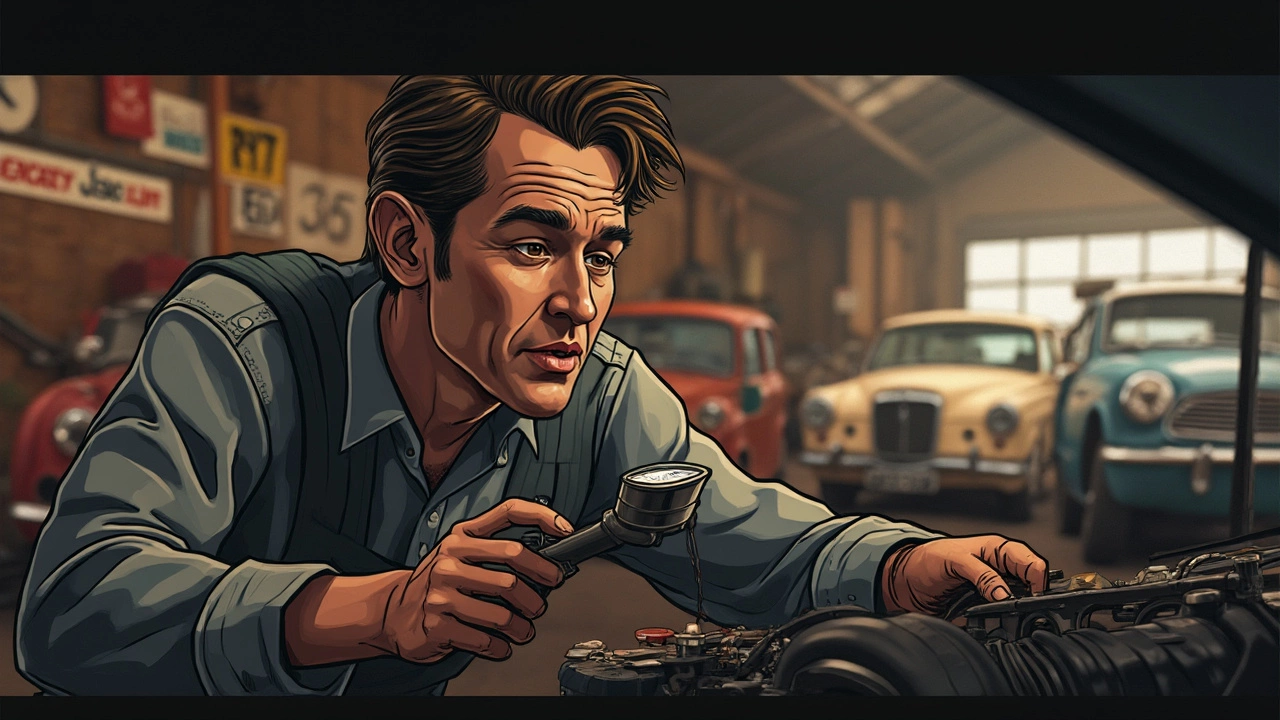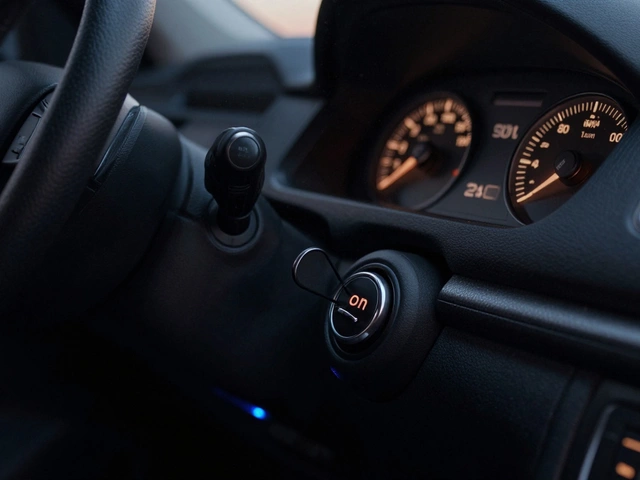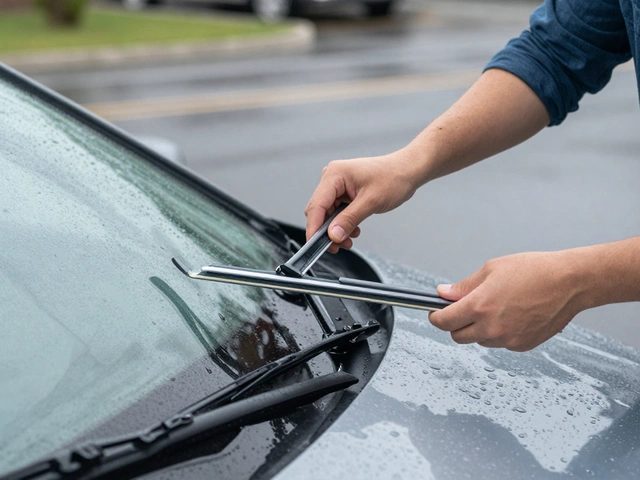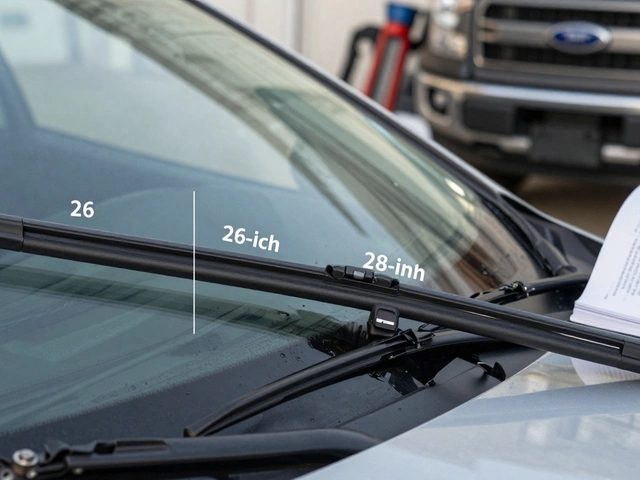Flywheel Noise: What It Means and How to Fix It
When you hear a grinding, rattling, or clunking sound coming from your engine—especially when you press the clutch or shift gears—it might not be your transmission. It could be your flywheel, a heavy metal disc that connects your engine to the transmission and helps smooth out power delivery. Also known as a starter ring gear housing, it’s a critical part that often gets ignored until it fails badly. Flywheel noise is usually a sign that something’s worn out, warped, or broken inside, and ignoring it can lead to clutch failure, damaged starter teeth, or even a seized transmission.
Flywheel noise often shows up alongside other symptoms like a slipping clutch, difficulty shifting, or a vibrating pedal. These aren’t random issues—they’re connected. A worn clutch releases pressure unevenly, causing the flywheel to heat up and warp over time. Once warped, it doesn’t spin true, creating a rhythmic clunk or chatter. If the teeth on the outer edge are chipped or worn (the part the starter motor engages), you’ll hear a grinding noise when you turn the key. This isn’t just a minor annoyance; it’s a warning that your engine and transmission are no longer working in sync.
What’s more, flywheel problems don’t always come with a check engine light. Unlike fuel pumps or oxygen sensors, they don’t trigger diagnostic codes. That’s why many drivers wait too long—until the noise gets louder, or worse, the car won’t start at all. If you’ve noticed a change in how your clutch feels, or if the engine sounds off during gear changes, it’s time to get under the hood. A mechanic can inspect the flywheel by removing the clutch assembly, but you can spot early signs yourself: listen for noise when idling with the clutch pressed, or check for vibrations when accelerating gently in first gear.
Replacing a flywheel isn’t cheap, but it’s cheaper than replacing a damaged clutch, pressure plate, or starter motor later. Most cars use either a standard steel flywheel or a dual-mass flywheel (DMF), which has built-in dampeners to reduce vibration. DMFs are more prone to failure, especially in older or high-mileage vehicles, and often make a rattling sound that gets worse as the engine warms up. If your car has one and it’s making noise, replacement is usually the only fix—resurfacing won’t work on a dual-mass unit.
You’ll find a lot of advice online about quick fixes, but the truth is simple: if your flywheel is noisy, it’s worn out. No amount of lubricant or adjustment will fix it. The good news? You’re not alone. Many drivers in Stevenage have faced this exact issue, and our team has seen it all—from worn clutch release bearings that mimic flywheel noise to complete flywheel shatter after years of neglect. Below, you’ll find real-world guides on how to spot clutch problems early, understand what causes engine noises, and know when it’s time to replace parts before they cost you more.





